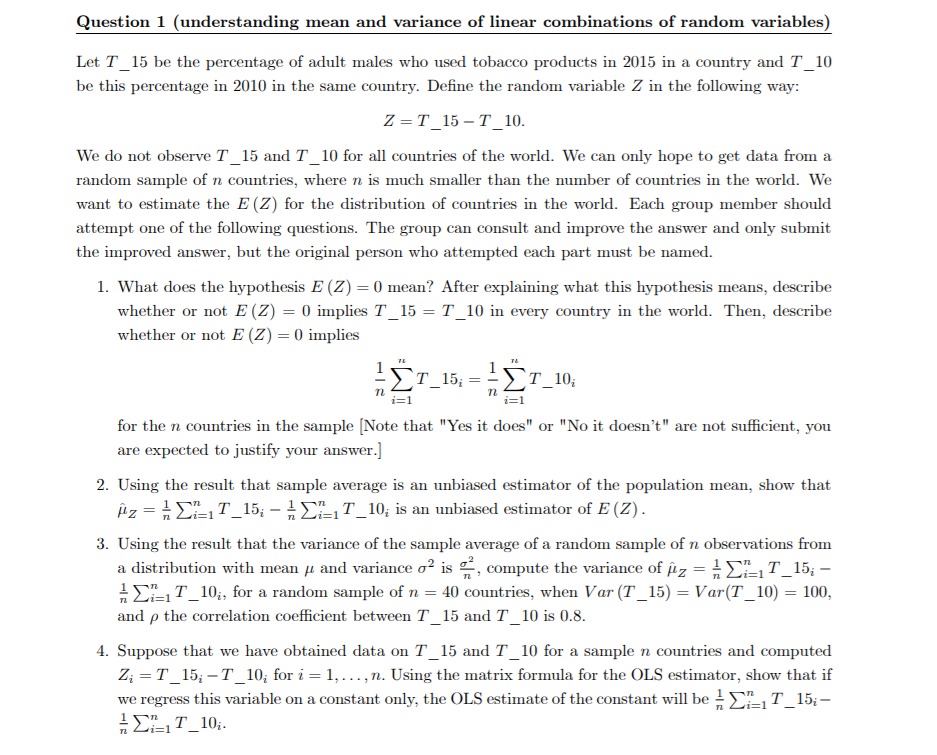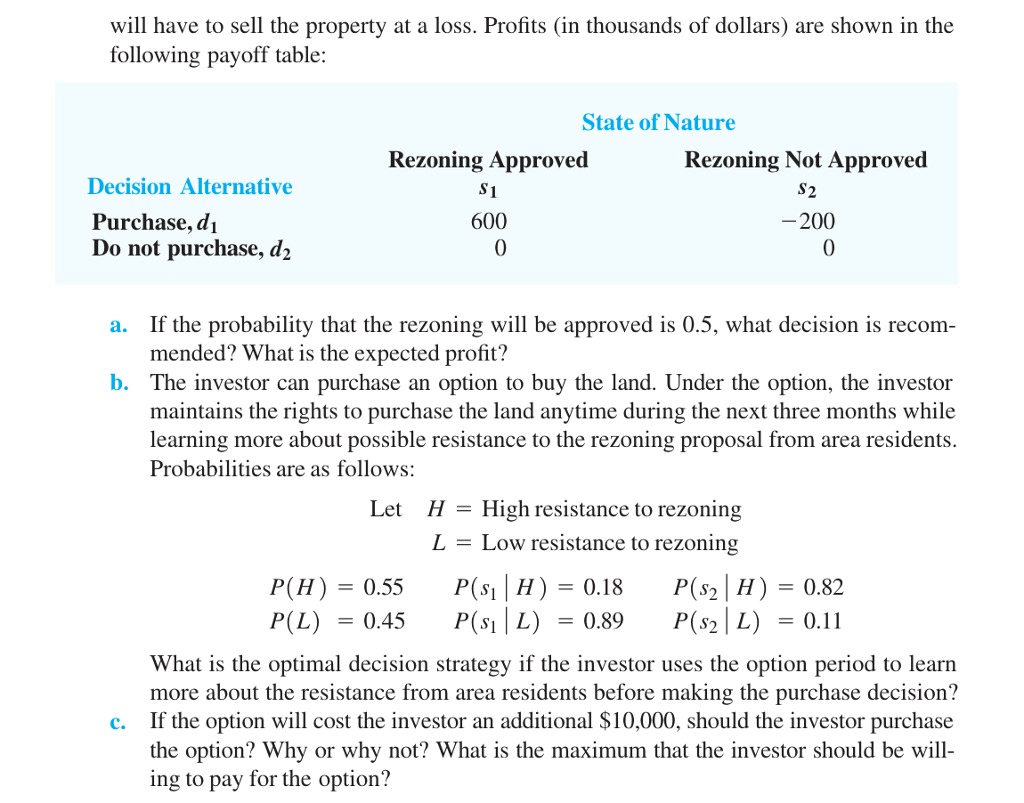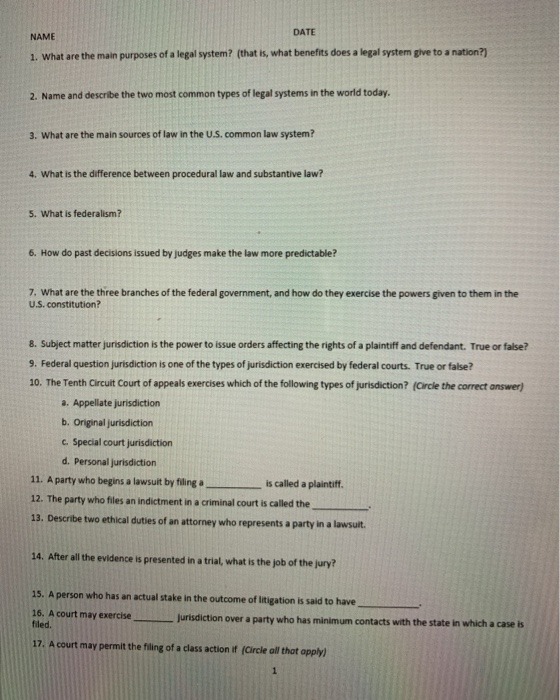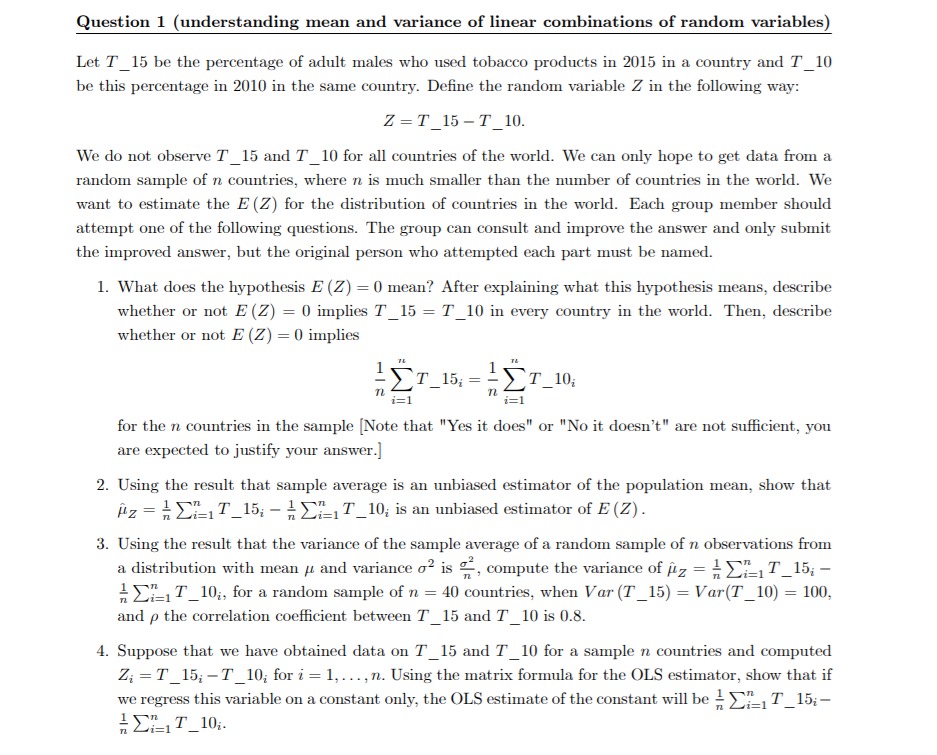
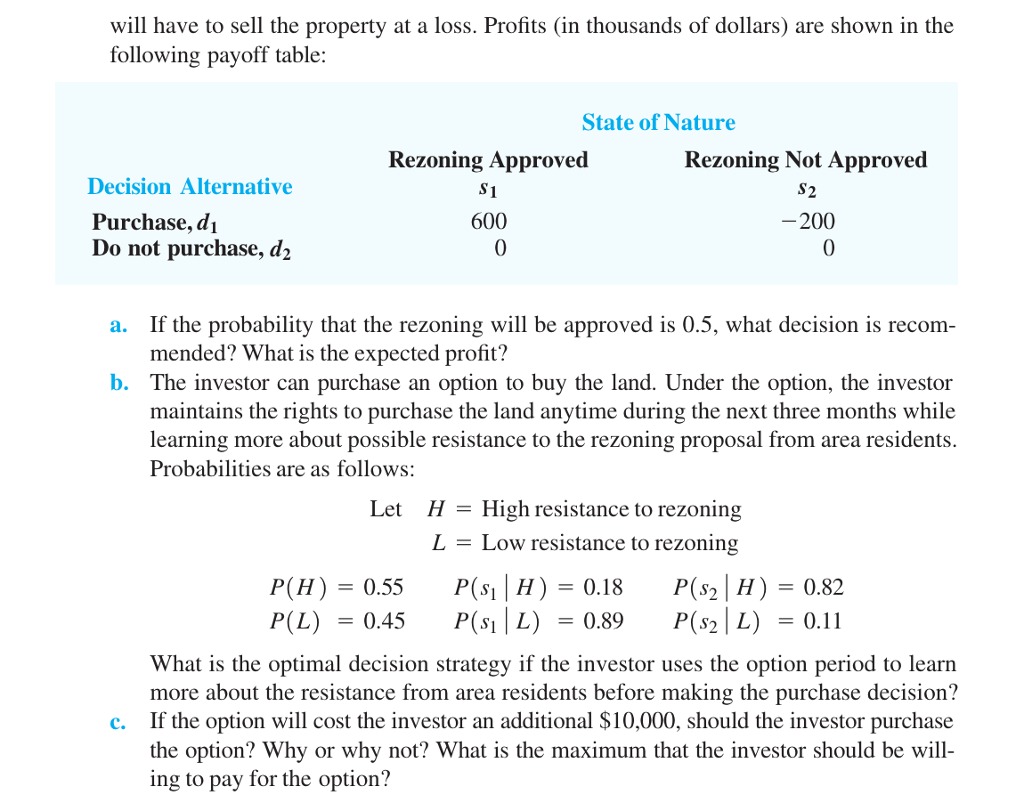
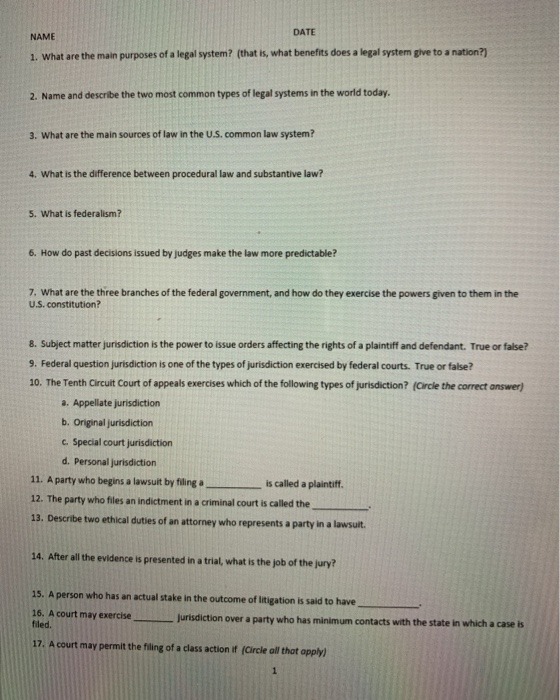
Provide step by step solution to the following questions.
Question 1 (understanding mean and variance of linear combinations of random variables) Let T_15 be the percentage of adult males who used tobacco products in 2015 in a country and T_10 be this percentage in 2010 in the same country. Define the random variable Z in the following way: Z =T_15 -T_10. We do not observe T_15 and T_10 for all countries of the world. We can only hope to get data from a random sample of n countries, where n is much smaller than the number of countries in the world. We want to estimate the E (Z) for the distribution of countries in the world. Each group member should attempt one of the following questions. The group can consult and improve the answer and only submit the improved answer, but the original person who attempted each part must be named. 1. What does the hypothesis E (Z) = 0 mean? After explaining what this hypothesis means, describe whether or not E (Z) = 0 implies T_15 = T_10 in every country in the world. Then, describe whether or not E (Z) = 0 implies -Er_15; = -Er_10; 1= 1 1= 1 for the n countries in the sample [Note that "Yes it does" or "No it doesn't" are not sufficient, you are expected to justify your answer.] 2. Using the result that sample average is an unbiased estimator of the population mean, show that iz = MET_15; - MELT_10; is an unbiased estimator of E (Z) . 3. Using the result that the variance of the sample average of a random sample of n observations from a distribution with mean / and variance o' is , compute the variance of /z = > >_,T_15; - " Ein T_10;, for a random sample of n = 40 countries, when Var (T_15) = Var(T_10) = 100, and p the correlation coefficient between 7_15 and T_10 is 0.8. 4. Suppose that we have obtained data on T_15 and T_10 for a sample n countries and computed Z; =T_15; -T_10; for i = 1, ..., n. Using the matrix formula for the OLS estimator, show that if we regress this variable on a constant only, the OLS estimate of the constant will be ! )_, T_15;- = ELIT_10.Question 1 (understanding mean and variance of linear combinations of random variables) Let T_15 be the percentage of adult males who used tobacco products in 2015 in a country and T_10 be this percentage in 2010 in the same country. Define the random variable Z in the following way: Z =T_15 -T_10. We do not observe T_15 and T_10 for all countries of the world. We can only hope to get data from a random sample of n countries, where n is much smaller than the number of countries in the world. We want to estimate the E (Z) for the distribution of countries in the world. Each group member should attempt one of the following questions. The group can consult and improve the answer and only submit the improved answer, but the original person who attempted each part must be named. 1. What does the hypothesis E (Z) = 0 mean? After explaining what this hypothesis means, describe whether or not E (Z) = 0 implies T_15 = T_10 in every country in the world. Then, describe whether or not E (Z) = 0 implies -Er_15; = -Er_10; 1= 1 1= 1 for the n countries in the sample [Note that "Yes it does" or "No it doesn't" are not sufficient, you are expected to justify your answer.] 2. Using the result that sample average is an unbiased estimator of the population mean, show that iz = MET_15; - MELT_10; is an unbiased estimator of E (Z) . 3. Using the result that the variance of the sample average of a random sample of n observations from a distribution with mean / and variance o' is , compute the variance of /z = > >_,T_15; - " Ein T_10;, for a random sample of n = 40 countries, when Var (T_15) = Var(T_10) = 100, and p the correlation coefficient between 7_15 and T_10 is 0.8. 4. Suppose that we have obtained data on T_15 and T_10 for a sample n countries and computed Z; =T_15; -T_10; for i = 1, ..., n. Using the matrix formula for the OLS estimator, show that if we regress this variable on a constant only, the OLS estimate of the constant will be ! )_, T_15;- = ELIT_10.will have to sell the property at a loss. Prots (in thousands of dollars) are shown in the following payoff table: State of Nature Rezoning Approved Rezoning Not Approved Decision Alternative .31 3'2 Purchase, ch 600 - 200 Do not purchase, d2 0 0 a. If the probability that the rezoning will be approved is 0.5, what decision is recom- mended? What is the expected prot? b. The investor can purchase an option to buy the land. Under the Option, the investor maintains the rights to purchase the land anytime during the next three months while learning more about possible resistance to the rezoning prOposal from area residents. Probabilities are as follows: Let H = High resistance to rezoning L = Low resistance to rezoning P(H) = 0.55 P(sl l H) = 0.18 P(sZIH) = 0.82 P(L) = 0.45 Pm l L) = 0.39 13(52 | r.) = 0.11 What is the optimal decision strategy if the investor uses the option period to learn more about the resistance from area residents before making the purchase decision? c. If the option will cost the investor an additional $10,000, should the investor purchase the option? Why or why not? What is the maximum that the investor should he will- ing to pay for the option? DATE NAME 1. What are the main purposes of a legal system? (that is, what benefits does a legal system give to a nation?] 2. Name and describe the two most common types of legal systems in the world today. 3. What are the main sources of law in the U.S. common law system? 4. What is the difference between procedural law and substantive law? 5. What is federalism? 6. How do past decisions issued by judges make the law more predictable? 7. What are the three branches of the federal government, and how do they exercise the powers given to them in the U.S. constitution? B. Subject matter jurisdiction is the power to issue orders affecting the rights of a plaintiff and defendant. True or false? 9. Federal question jurisdiction is one of the types of jurisdiction exercised by federal courts. True or false? 10. The Tenth Circuit Court of appeals exercises which of the following types of jurisdiction? (Circle the correct answer) a. Appellate jurisdiction b. Original jurisdiction c. Special court jurisdiction d. Personal jurisdiction 11. A party who begins a lawsuit by filing a is called a plaintiff. 12. The party who files an indictment in a criminal court is called the 13. Describe two ethical duties of an attorney who represents a party in a lawsuit. 14. After all the evidence is presented in a trial, what is the job of the jury? 15. A person who has an actual stake in the outcome of litigation is said to have 16. A court may exercise filed. Jurisdiction over a party who has minimum contacts with the state in which a case is 17. A court may permit the filing of a class action if (Circle all that apply)



